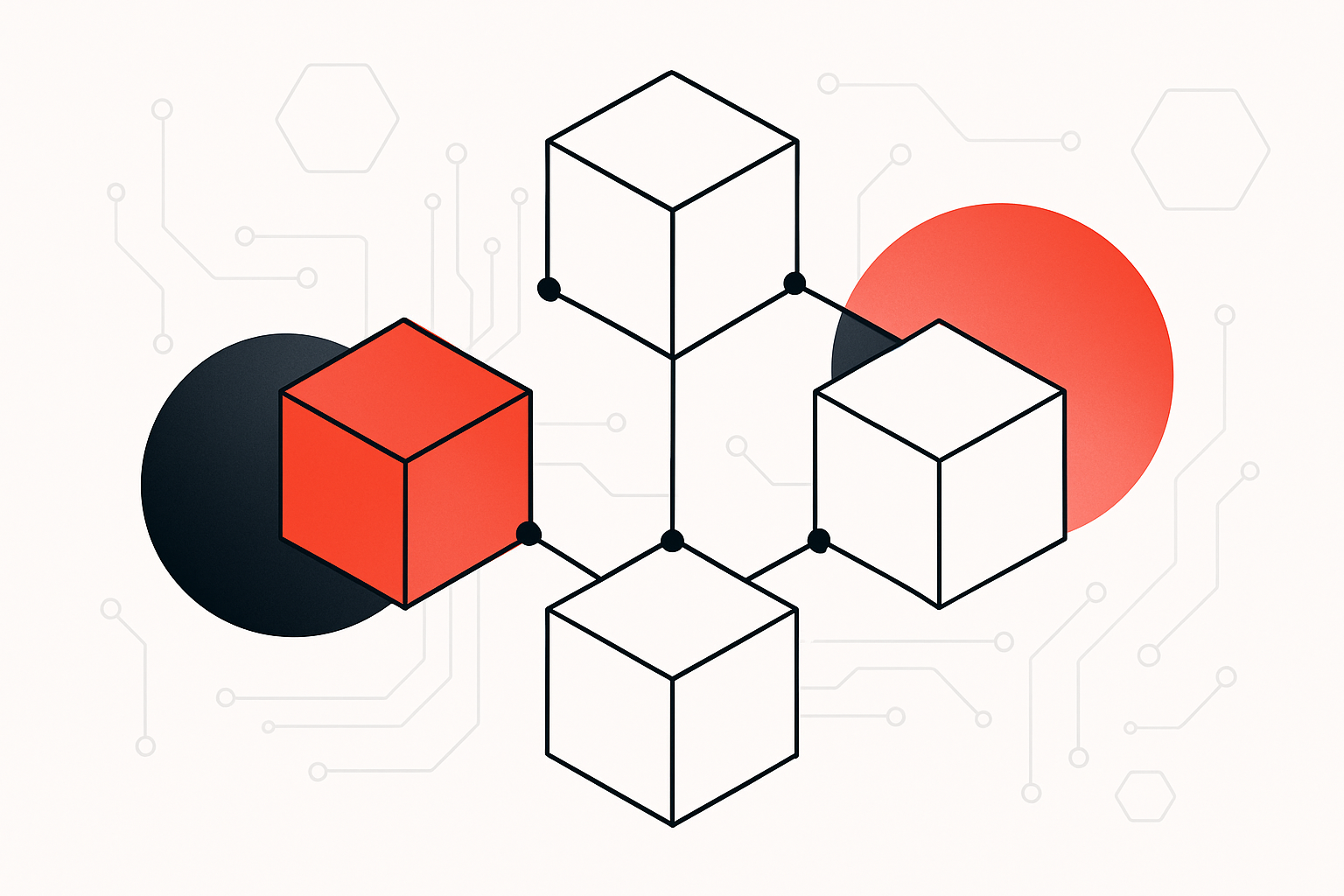
Imagine a world where every Ethereum rollup can talk to each other instantly, sharing liquidity and composability without waiting for sluggish Layer 1 confirmations. That’s not a distant dream anymore, Espresso Systems is actively building the connective tissue that could make this vision a reality within the OP Superchain ecosystem. As rollups proliferate and the modular blockchain stack matures, interoperability and instant shared finality are quickly becoming the new battlegrounds for scalability, usability, and user experience.

The Bottleneck: Why Finality and Interoperability Matter
Today’s rollups, whether built on Arbitrum Nitro, Cartesi’s Linux-based stack, or soon the OP Stack itself, are powerful but siloed. Each one typically relies on its own sequencer, often centralized, to order transactions before posting proofs to Ethereum for settlement. While these setups offer blazing-fast user experiences within their own L2s, they introduce two problems:
- Slow cross-rollup interactions: Moving assets or data between rollups can take 12-15 minutes due to Ethereum’s finality lag.
- Fragmented liquidity: Users can’t easily compose DeFi protocols or NFTs across chains in real time.
This fragmentation is at odds with the multi-rollup vision of the Superchain, an interconnected network of L2s that function as a single scalable system. The OP Stack has become the blueprint for this movement, but true interoperability demands more than just shared codebases; it requires shared consensus and instant state verification across chains.
Espresso Systems: The Shared Sequencer Layer Explained
Enter Espresso Systems. At its core lies the HotShot consensus protocol, a Byzantine Fault Tolerant (BFT) engine capable of delivering transaction finality in roughly six seconds, a quantum leap from Ethereum’s 15-minute norm. Instead of each rollup relying on its own sequencer, Espresso offers a decentralized network that sequences transactions from multiple rollups into what’s called a “super block. ” This block contains inbox messages for each connected chain.
The magic happens when each rollup fetches its portion of this super block. They compute their own state updates and proofs independently but settle them together on Layer 1. This enables near-instant confirmation times for users, and crucially, allows different rollups to reference each other’s verified states almost immediately.
The Architecture: How Espresso Powers Instant Shared Finality
Espresso isn’t just about speed; it’s about trust minimization and flexibility too. By acting as both a decentralized sequencer and an optional low-cost data availability layer, Espresso eliminates single points of failure while giving developers freedom to choose their preferred stack, be it Arbitrum Nitro, Polygon CDK, or the soon-to-launch OP Stack integration (expected by end of 2025).
This architecture unlocks several superpowers for Superchain builders:
- Shared finality: All participating rollups get fast confirmation guarantees from HotShot consensus.
- Synchronous interoperability: Rollups can read/write to each other with minimal latency, think cross-chain swaps or unified DeFi pools.
- No major code rewrites: Integration is designed to be stack-agnostic with minimal changes required by existing projects.
If you’re curious about how Espresso tackles fragmentation at both sequencing and data availability layers, check out our deep dive on Espresso’s approach to solving cross-rollup fragmentation.
But what does this mean for the everyday user and for developers building in the rapidly evolving superchain ecosystem? The answer: a seamless, unified experience that finally delivers on the promise of blockchain composability at scale. Imagine swapping assets between two OP Stack rollups, no more waiting for sluggish L1 settlement, no more worrying about fragmented liquidity or trust assumptions with centralized sequencers. Espresso’s shared finality layer makes these cross-chain actions feel as fast and natural as trading within a single chain.
For developers, this opens up a new universe of design space. With instant shared finality and real-time state verification across chains, builders can create applications that span multiple rollups, composable DeFi protocols, NFT bridges, on-chain games, that were previously impractical or required complex workarounds. The OP Superchain’s modular vision is finally actionable: you can deploy on your favorite stack (Arbitrum Nitro, Polygon CDK, Cartesi, or soon OP Stack) and instantly connect to the rest of the ecosystem via Espresso’s decentralized sequencing network.
What’s Next: The Road to Full Superchain Interoperability
Looking ahead to late 2025 and beyond, Espresso Systems is primed to become the connective tissue underpinning not just OP Stack rollups but any modular chain seeking low-latency interoperability. As integration with the OP Stack rolls out, expect a wave of new projects leveraging shared finality for everything from MEV-resistant DEXs to composable DAOs operating across multiple chains.
This isn’t just theoretical, the architecture is live with Arbitrum Nitro and Cartesi stacks today, with Polygon CDK support already demonstrated. The vision is clear: create a mesh network of rollups where liquidity and data flow freely, secured by decentralized consensus rather than siloed trust assumptions.
Of course, challenges remain. Sequencer decentralization must be robust against censorship and downtime; data availability solutions need to keep pace with growing demand; cross-chain standards will require ongoing coordination between protocol teams. But with Espresso’s stack-agnostic approach and rapid finality guarantees, many of these hurdles are now surmountable.
If you want to explore further how shared sequencing is unlocking new composability layers in the OP Superchain specifically, don’t miss our analysis at how shared sequencers like Espresso are enabling cross-rollup composability.
Why It Matters: Unlocking True Blockchain Scalability
The endgame here isn’t just faster transactions, it’s about making blockchains truly scalable without sacrificing decentralization or user experience. By solving both instant shared finality and synchronous interoperability through its decentralized HotShot consensus layer, Espresso Systems positions itself as a foundational pillar for the multi-rollup future.
As we watch the superchain ecosystem mature through 2025 and beyond, keep an eye on projects integrating with Espresso Systems. Whether you’re an investor tracking infrastructure bets or a developer architecting your next dApp across multiple rollups, understanding this new paradigm will be critical for staying ahead in Web3’s next evolution.




